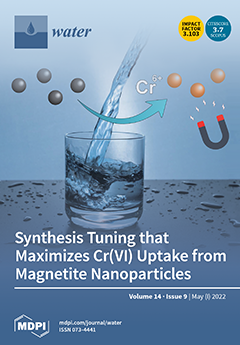Open AccessArticle
Combining Precision Viticulture Technologies and Economic Indices to Sustainable Water Use Management
by
Adele Finco, Deborah Bentivoglio, Giulia Chiaraluce, Matteo Alberi, Enrico Chiarelli, Andrea Maino, Fabio Mantovani, Michele Montuschi, Kassandra Giulia Cristina Raptis, Filippo Semenza, Virginia Strati, Filippo Vurro, Edoardo Marchetti, Manuele Bettelli, Michela Janni, Emiliano Anceschi, Carlo Sportolaro and Giorgia Bucci
Cited by 7 | Viewed by 2712
Abstract
The scarcity of water due to climate change is endangering worldwide the production, quality, and economic viability of growing wine grapes. One of the main mitigation measures to be adopted in the viticulture sector will be an adequate irrigation strategy. Irrigation involves an
[...] Read more.
The scarcity of water due to climate change is endangering worldwide the production, quality, and economic viability of growing wine grapes. One of the main mitigation measures to be adopted in the viticulture sector will be an adequate irrigation strategy. Irrigation involves an increasing demand for water, a natural limited resource with increasing availability problems for the foreseeable future. Therefore, the development of a precision irrigation system, which is able to manage the efficient use of water and to monitor the crop water stress, is an important research topic for viticulture. This paper, through the analysis of a case study, aims to describe the prototype of a software platform that integrates data coming from different innovative remote and proximal sensors to monitor the hydric stress status of the vineyard. In addition, by using a cost analysis of grape cultivation and implementing economic indices, this study examines the conditions by which irrigation strategies may be economically justified, helping the decision-making process. By combining different sensors, the platform makes it possible to assess the spatial and temporal variability of water in vineyards. In addition, the output data of the platforming, matched with the economic indices, support the decision-making process for winemakers to optimize and schedule water use under water-scarce conditions.
Full article
►▼
Show Figures





